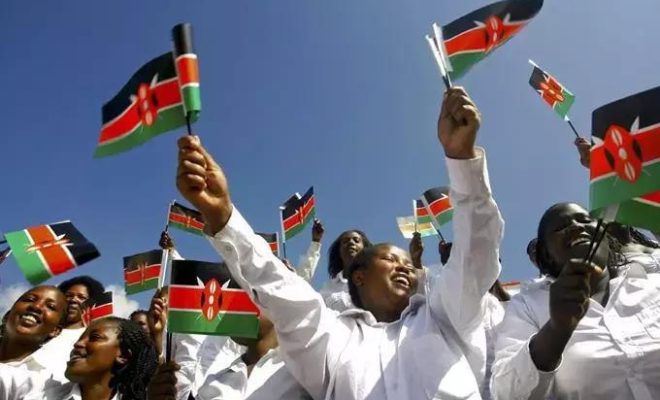Kenya is again witnessing a tension-fraught and competitive election, which is reminiscent of the 2007 general elections that were conducted amid a deep ethnic divide leading to one of the worst post-election violence ever experienced in the region.
This was not the first time Kenya witnessed violence during the election cycle. Since the introduction of multi-party politics in 1992, election in Kenya has been conducted with some form of violence during the process.
The weeks leading up to the August 8 general election is expected to be characterized by tensions, especially in the presidential polls and the most coveted county governorship.
Here’s why the stakes are so high this year:
Lack of trust in the court system and the IEBC
One of the issues that fueled the violence in the 2007 elections was the lack of trust in the judicial system. The new opposition coalition NASA has repeatedly accused the courts charged with resolving electoral disputes and conducting elections of impartiality and supporting the incumbent president Uhuru Kenyatta.
The Odinga led opposition party has accused the IEBC of creating discriminatory laws that will marr the elections.
This will also be Odinga’s last stab at the presidency, there is a lot at stake for him in this presidential election.
Feud between the Kenyatta and Odinga dynasty
The Kenyatta and Odinga family have ruled Kenya’s politics for more than half a century, both as teammates and opponents. Uhuru’s father, Jomo Kenyatta was Kenya’s first president and Raila’s father, Jaromogi Odinga was Kenya’s first vice president. The two leaders fell out in 1966 after the ouster of Raila’s father from KANU party due to political differences.
If Uhuru wins the August 8 election, this will be his last term. He will not be constitutionally eligible to contest in the 2022 presidency, and if Raila loses this election, he will not be able to contest in the next election due to his age.
Uhuru is actively trying to avoid the “one-term” president tag. Raila has rekindled old political foes and friends alike to try to end the Odinga-Kenyatta feud for one last time.
The other factor has to do with the 2022 general elections. Neither Odinga nor Kenyatta will be on the ballot in 2022. By law Kenyatta is bound to step down after two terms and Odinga has indicated that he will be a one-term president if he wins.
What’s different this time?
Key stakeholders including civil society organisations and interest groups have been on high alert by organising and playing a role in making sure there is no repeat of the 2007 post-election violence. The Independent Electoral and Boundaries Commission (IEBC) and its new management have a huge responsibility in ensuring peaceful elections.
The IEBC also introduced an election law. This allows it to activate a manual backup system if the electronic voter identification and transmission system malfunctions. The main reason for grounding the electronic system in law was to prevent the election malpractices witnessed in the 2007 election.
Kenya is in way better shape than it was in 2007 . But it remains dangerously close to experiencing electoral violence. The 2017 elections will test the country’s legal framework and institutional capability to undertake credible, free, fair and peaceful elections.


